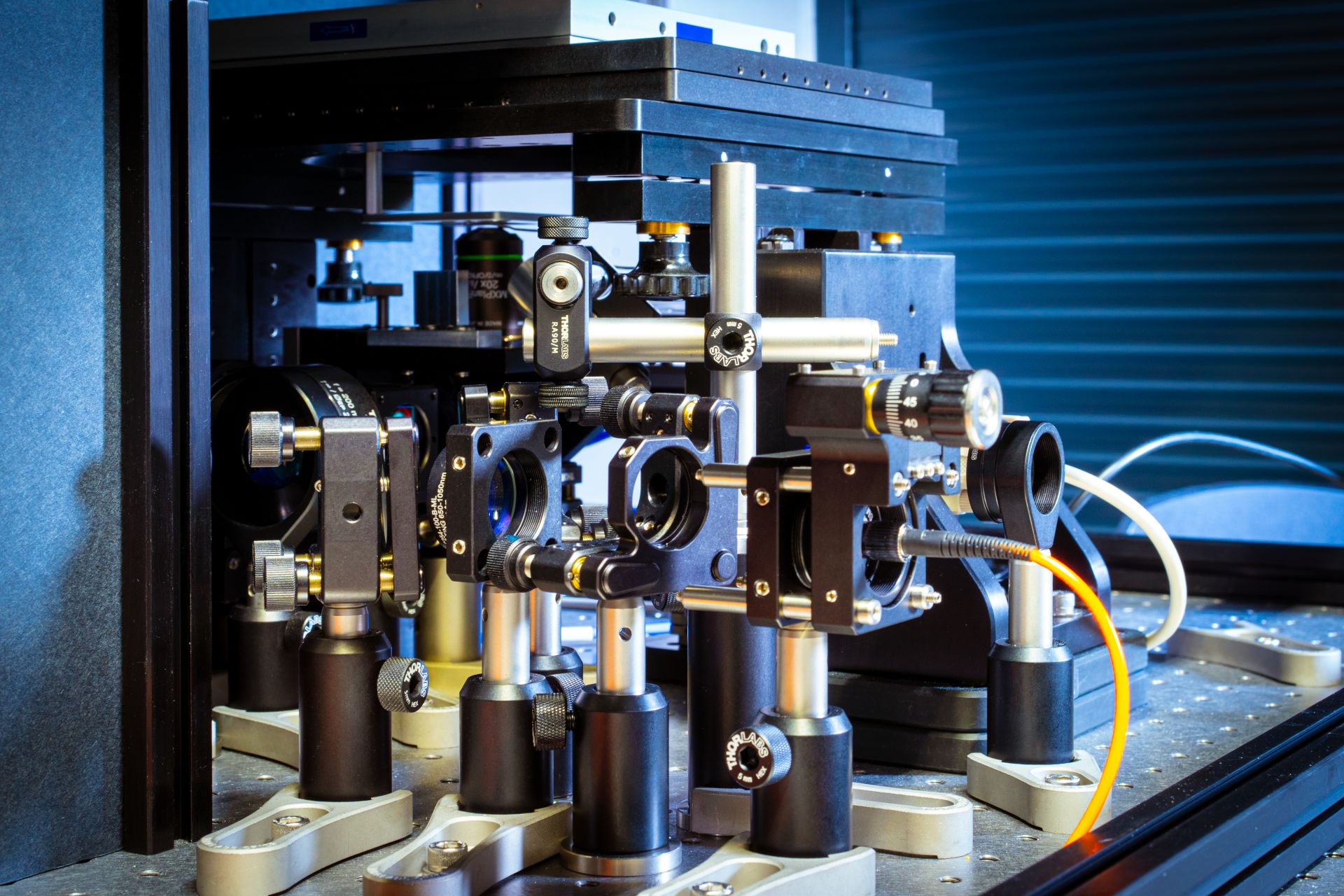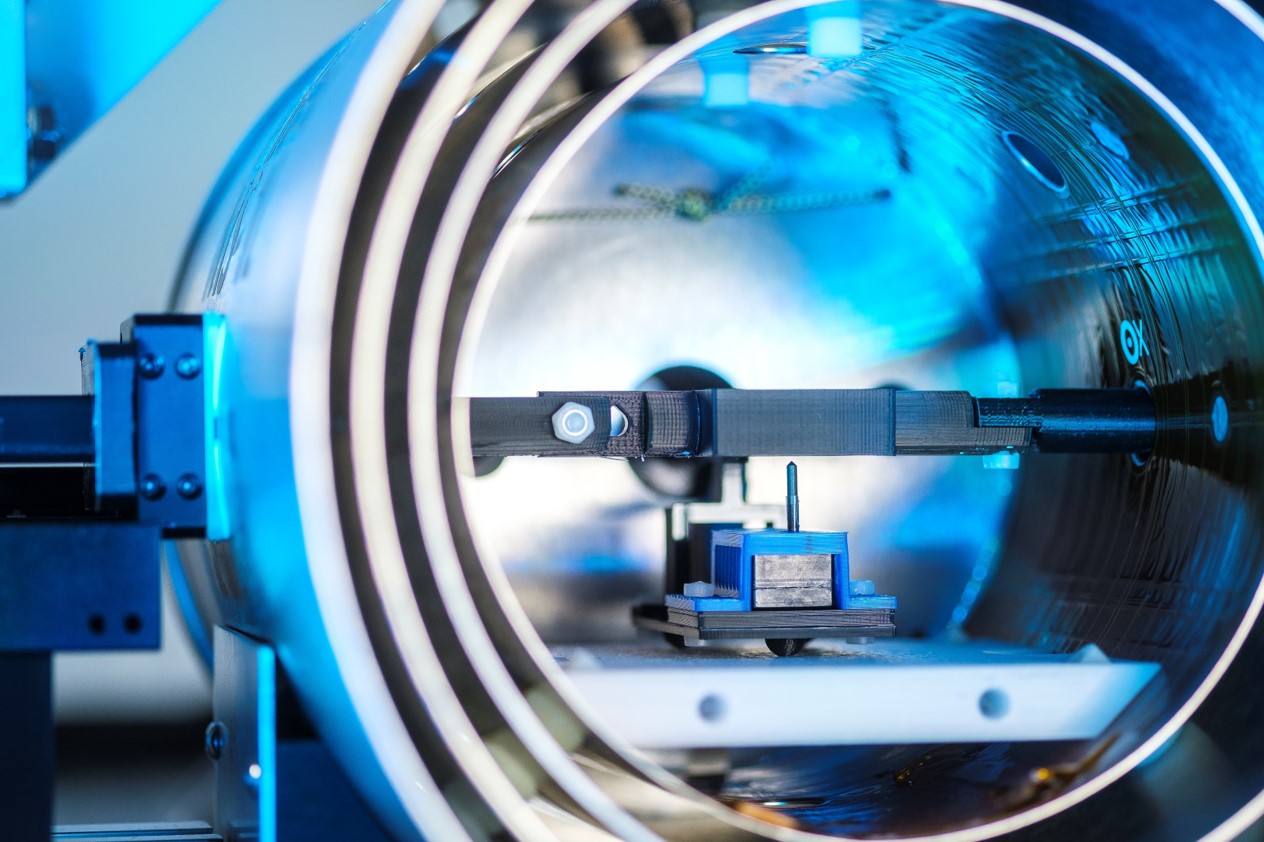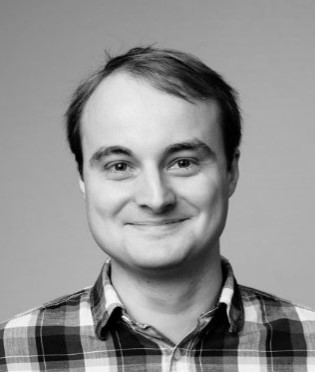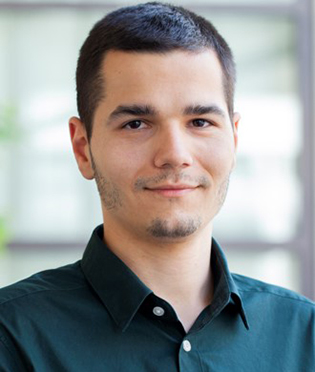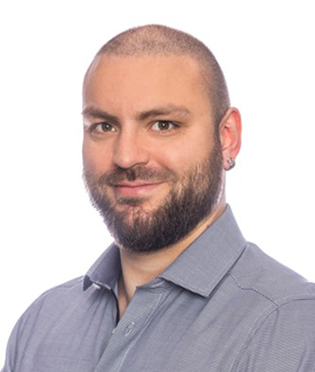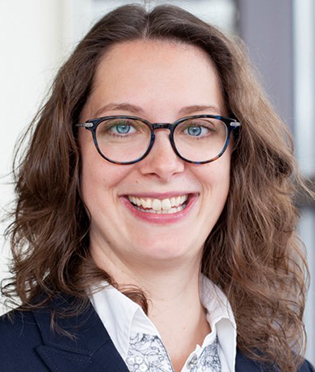Optically pumped alkali magnetometers
In OPMs, alkali atoms are used as probes for the magnetic field. Laser light is used to prepare all atoms in the same state. In an external magnetic field, the atoms then undergo a synchronous ›Larmor precession‹. Its frequency is pro�portional to the local magnetic field. In the basic operating mode, this precession signal can be read out optically and provides a calibration-free measure for the magnetic field.
In the most sensitive configuration, OPMs reach (and even surpass) the sensitivity of cryogenically cooled SQUID mag�netometers and can be used for the detection of magnetic signals of the brain. Due to the highly sensitive measurement, a shielding from ambient magnetic noise is mandatory to reach the highest sensitivity values.
 Fraunhofer Institute for Applied Solid State Physics IAF
Fraunhofer Institute for Applied Solid State Physics IAF